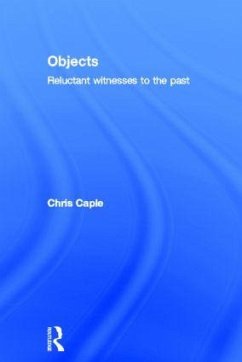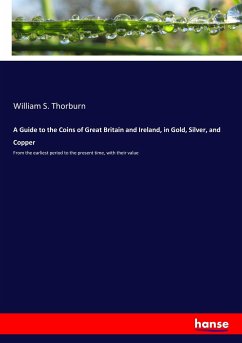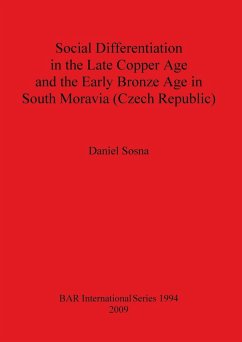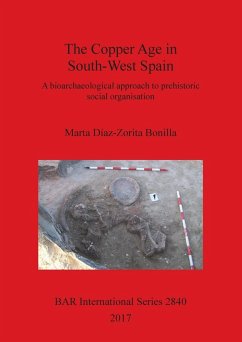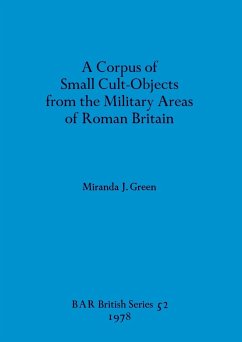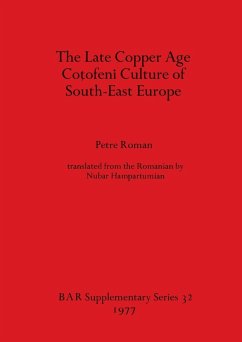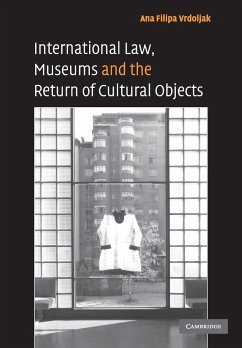
The Life and Journey of Neolithic Copper Objects

PAYBACK Punkte
31 °P sammeln!
This work is an intensive study of the Neolithic deposition of copper objects from Neuenkirchen in North-East Germany. This unique ensemble represents one of the very rare hoard finds from the early Early Neolithic, and is the first of its kind for nearly 100 years, matched only by the famous younger hoard find from Bygholm (Denmark).The beginning of neolithization at the end of the fifth millennium is not only characterised by a change in the subsistence strategy, but also by the development of far-reaching networks of the Neolithic Funnel Beaker societies in Northern Germany. Proof is provid...
This work is an intensive study of the Neolithic deposition of copper objects from Neuenkirchen in North-East Germany. This unique ensemble represents one of the very rare hoard finds from the early Early Neolithic, and is the first of its kind for nearly 100 years, matched only by the famous younger hoard find from Bygholm (Denmark).The beginning of neolithization at the end of the fifth millennium is not only characterised by a change in the subsistence strategy, but also by the development of far-reaching networks of the Neolithic Funnel Beaker societies in Northern Germany. Proof is provided by the first metal finds which also appear at the same time in the North and were imported from the early metallurgical centres in the Balkan-Carpathian area. The hoard of Neuenkirchen is an outstanding example for these new, long-distance contacts.Drawing from a multi-method approach, the study attempts to trace the life and journey of the individual objects in the hoard and the transformation processes they underwent before they finally ended up in the ground. To this end, an intensive typological discussion, use-wear analysis, plus trace element and lead isotopes analyses of the objects are paired with a comprehensive overview of the natural environment, deposition practices, and settlement activities in the vicinity of Neuenkirchen. In the context of comparable hoard finds from the 5th/4th millennium, and the development of early metallurgy in Southeast Europe, these results make the journey and transformation of the objects from Neuenkirchen comprehensible.Contents1. Introduction2. Topographical posistion of Neuenkirchen3. State of research on the Funnel Beaker North Group in present-day Mecklenburg-Western Pomerania4. Chronology of the Funnel Beaker Societies5. Anthropogenic activities in the surroundings of Neuenkirchen at the time of the Funnel Beaker Societies6. Finds and features of the hoard find from Neuenkirchen7. Analysis of traces of manufacture anduse8. X-ray flurorescence and lead isotopes analyses9. Early Copper in Mecklenburg-Western Pomerania10. Typo-chronological analyses of the Neuenkirchen artefacts11. Neuenkirchen in the mirror of the development of Early Metallurgy in Southeast Europe12. Neuenkirchen - profane, ritual and/or social practice?13. Summary14. References




